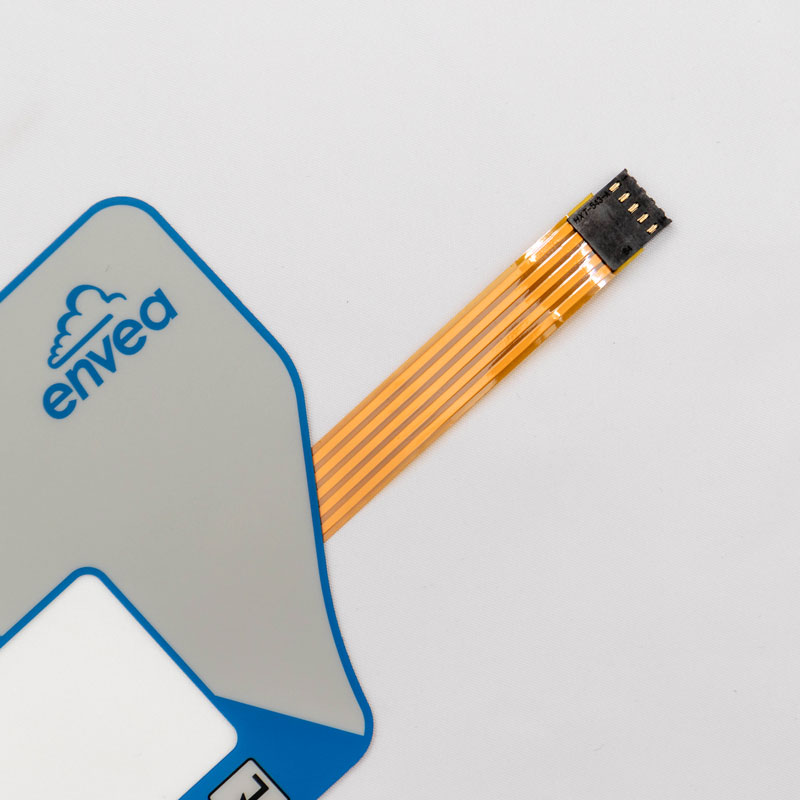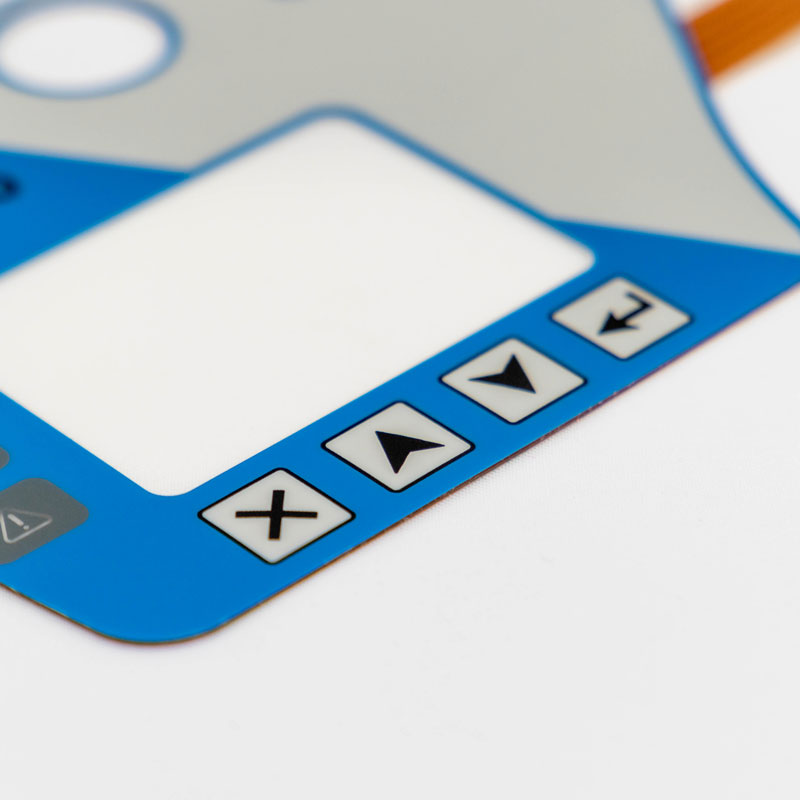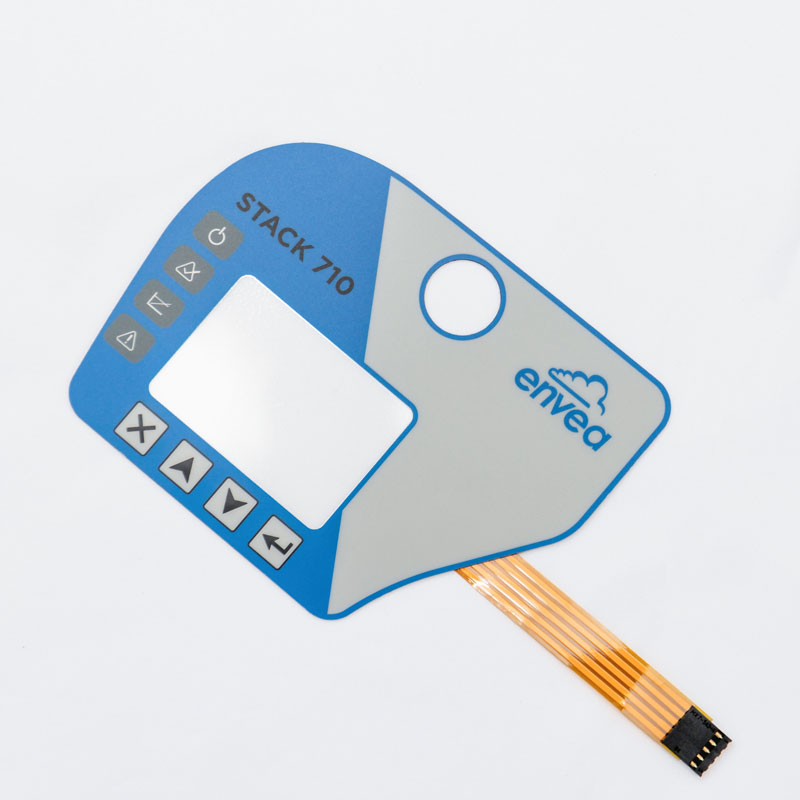As technology evolves, so do the needs of businesses. In the world of retail, the point of sale (POS) system has become an essential tool for completing transactions and managing inventory. A POS system typically consists of a computer, monitor, barcode scanner, cash register, and other hardware components. But one component that is often overlooked, yet critical for the performance of the system, is the membrane switch.

In this article, we will discuss the importance of membrane switches in POS systems, and why businesses should consider using them.
In a POS system, the membrane switch is used as a keyboard or keypad for entering information. When a button is pressed, the custom membrane switch completes an electrical circuit that sends a signal to the computer, registering the input. The switch's thin and flexible design makes it ideal for use in compact devices, such as a cash register, where space is limited.

Durability: Membrane switches are designed to withstand frequent use, making them ideal for POS systems that are used continuously throughout the day. They are made from materials that are resistant to wear and tear, and can handle repeated pressure without breaking or malfunctioning.
Customizability: Membrane switches such as custom membrane keyboard can be designed to fit the specific needs of a business. This includes the layout of the keys, the color and style of the switch, and the graphics that are printed on the surface. This level of customization can help businesses to create a branded look for their POS system.
Easy to clean: POS systems can quickly become dirty from constant use. Membrane switches are easy to clean, as they do not have gaps or spaces that can trap dirt or debris. A simple wipe with a damp cloth is usually enough to keep them clean and functioning properly.
Cost-effective: Compared to other types of switches, such as mechanical switches, membrane switches are generally more affordable. This makes them an attractive option for businesses that need to purchase multiple POS systems.

Membrane switches are an essential component of POS systems. They offer durability, customizability, easy maintenance, and cost-effectiveness, making them a smart choice for businesses. As technology continues to evolve, the use of membrane switches in POS systems is likely to become even more prevalent.
Can membrane switches be used in outdoor environments?
A: Yes, membrane switches can be designed to withstand harsh environments, including extreme temperatures, humidity, and exposure to UV light.
How long do membrane switches last?
A: Membrane switches can last for several years, depending on the frequency of use and the quality of the materials used in manufacturing.
Can membrane switches be repaired if they malfunction?
A: In most cases, membrane switches cannot be repaired once they malfunction. However, they can be replaced with a new switch.
Can membrane switches be used in other types of devices?
A: Yes, membrane switches such as led backlight membrane switch can be used in a wide range of devices, including medical equipment, consumer electronics, and industrial machinery.
How do I choose the right membrane switch for my POS system?
A: The right membrane switch for your POS system will depend on your specific needs, including the layout of the keys, the type of graphics you need, and the level of durability required. Working with a reputable manufacturer can help ensure that working with a reputable manufacturer can help ensure that you choose a membrane switch that meets your requirements and is compatible with your POS system.
In conclusion, membrane switches are a crucial component of POS systems that offer several advantages, including durability, customizability, easy maintenance, and cost-effectiveness. Businesses should consider using membrane switches in their POS systems to improve their efficiency, productivity, and overall customer experience. By choosing the right membrane switch for their needs, businesses can benefit from a reliable and long-lasting solution that meets their specific requirements.
